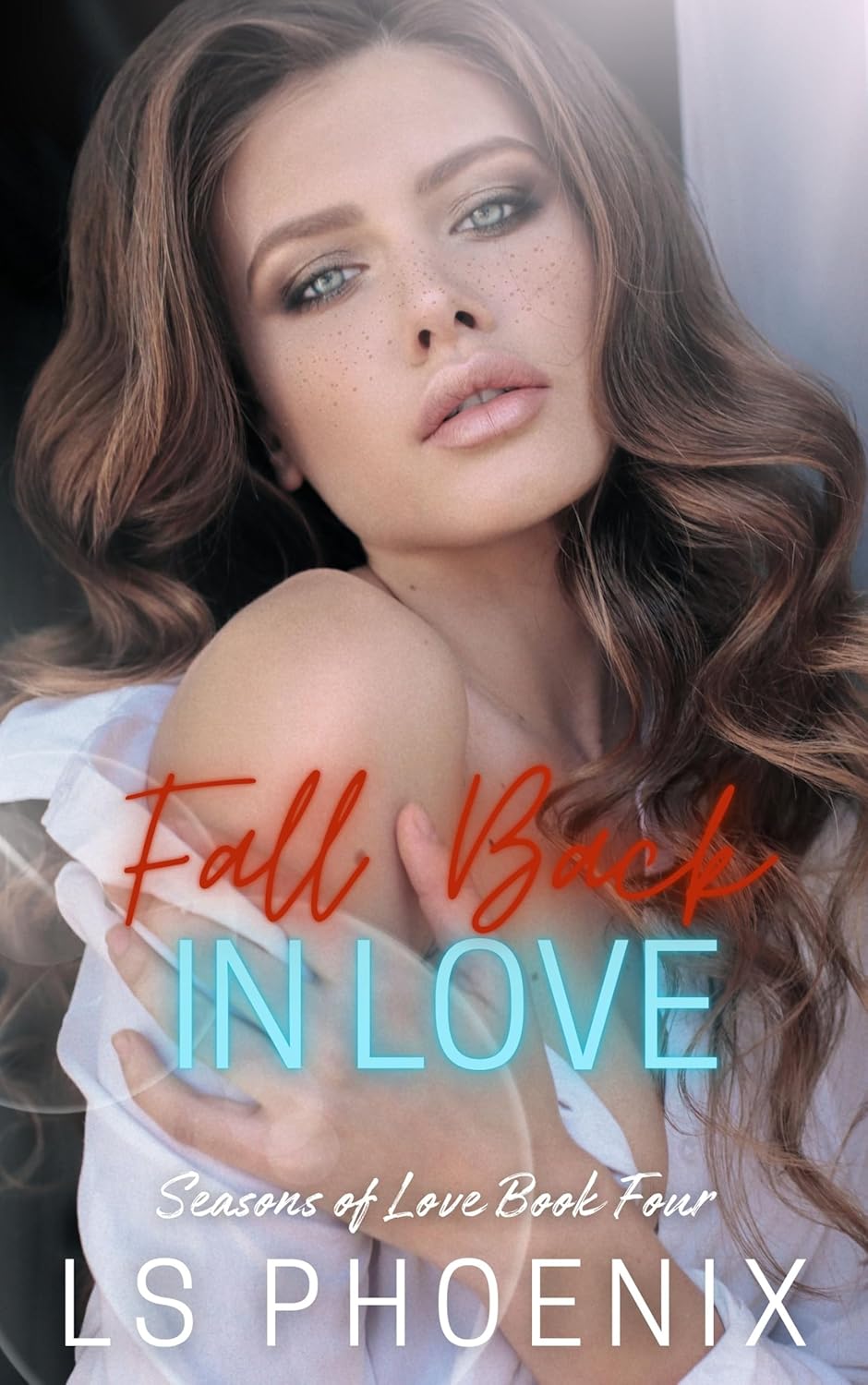Mastering Romantic Tension: How to Keep Readers Hooked
Romantic tension is the heartbeat of every great romance novel. It’s what keeps readers flipping pages, breathless with anticipation, waiting for that one moment where everything finally snaps. Whether you’re writing a slow burn or an enemies-to-lovers dynamic, tension is what makes the journey unforgettable.
So, how do you craft tension that lingers, builds, and finally explodes in the most satisfying way? Let’s break it down.
1. The Push-and-Pull of Romantic Tension
Tension thrives on contrast—one moment full of heat, the next full of hesitation. Readers should feel that magnetic pull between the characters, even when (especially when) they’re resisting it.
• Physical tension – The brush of fingers, the awareness of how close they are, the sharp inhale when they lock eyes too long.
• Emotional tension – Longing, miscommunication, the knowledge that one of them is holding back for a reason.
• Situational tension – Forced proximity, mistaken identity, forbidden attraction—anything that forces them together even when they shouldn’t be.
Example: They’re stuck sharing a hotel room. He’s sleeping on the couch, she’s in the bed. The air is thick with unspoken words, stolen glances. She turns, thinks he’s asleep, and whispers his name—only to realize he’s very much awake.
2. Dual POV: A Secret Weapon for Tension
When used effectively, dual POV allows readers to see just how badly both characters want each other—without the other knowing.
• Character A: I can’t look at her lips for too long or I’ll do something stupid.
• Character B: He won’t even look at me. Did I imagine the way he touched my hand earlier?
The best tension builds when both characters are feeling the pull but fighting it in different ways.
Pro Tip: Drop hints through inner monologue—a stolen glance, a quickened heartbeat, a hand hovering before pulling away. Readers will feel the tension even when the characters refuse to acknowledge it.
3. Subtext: What’s Not Said Is Just as Important
Some of the best tension doesn’t come from what’s said—it comes from what isn’t.
• One character is engaged, but their eyes linger too long on someone else.
• They both pretend nothing happened after an almost-kiss, but their hands tremble when they touch.
• They’re arguing, but their words sound more like foreplay than a fight.
Example:
Her: “I don’t even like you.”
Him: “That’s not what you said last night.”
The reader should know the truth hiding beneath the words—even if the characters don’t admit it yet.
4. The Perfect Balance Between Holding Back & Giving In
Readers don’t want to be strung along forever—they want release. The key is delaying gratification just enough that when the moment finally comes, it feels earned.
• Let them almost kiss—then get interrupted.
• Let one of them break the tension, then immediately regret it.
• Let them acknowledge their feelings—only for something to pull them apart.
When they finally give in, it should feel like a dam breaking.
5. Examples of Unforgettable Romantic Tension
• The Wall of Winnipeg and Me (Mariana Zapata) – The ultimate slow burn, full of tension so thick you could cut it with a knife.
• Twisted Hate (Ana Huang) – Enemies-to-lovers with some of the best verbal sparring turned sexual tension.
• The Love Hypothesis (Ali Hazelwood) – Fake dating tension, full of stolen glances and accidental touches.
Tension Makes the Payoff Worth It
The best romance novels keep readers hooked because of the tension, not just the resolution. If your characters are practically vibrating with unspoken feelings, lingering glances, and too many close calls, you’re doing it right.
🔥 What’s your favorite example of romantic tension in a book? Let’s discuss in the comments!







Comments
Post a Comment